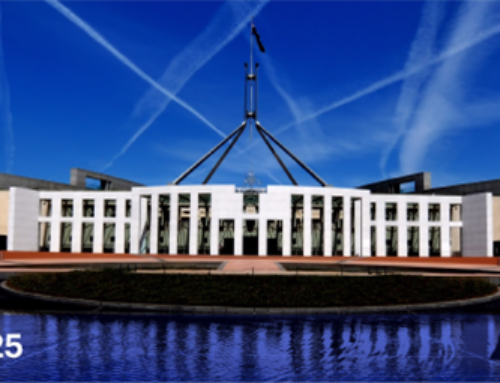Back in our March newsletter we discussed rapidly rising bond yields and how, traditionally, this is seen as a strong signal of imminent inflation. Some commentators at the time also expressed concern that rising bond yields would cause equity markets to fall (this is based on the fact that the discount rate used to value company cash flows is based on the bond yield. The higher the bond yield, the higher the discount rate, the lower the company valuation, which would then result in a share market sell off).
In a slightly contrarian view at the time, although now becoming mainstream, we argued that any increases in inflation would be transitory rather than sustained. This became known as the “inflation spike” argument. We held this view because the inputs to the economy.
particularly labour, were still underutilised. And this is still the case, even though the unemployment rate, announced in recent days fell to 4.9% in June. In his recent speech, Phil Lowe, Governor of the RBA, explicitly supported our view that the jobless rate would have to fall to three point something before we get healthy wages growth.
The bond market now agrees with us, as shown in the chart below. Bond yields are falling indicating that the market is no longer overly concerned with inflation.
Australian 10 Year Bond Yield (%) as at 26 July 2021

Source: Trading Economics
In the same speech, Phil Lowe also made it clear that the overnight cash rate is most likely to stay where it is (0.1%) until 2024. However, don’t put off fixing your home loan if you have the opportunity to do so. The overnight cash rate is not the only driver of bank lending rates. Now that the RBA’s Term Funding Facility is closed to new drawdowns banks will have to revert to traditional sources of wholesale lending. We therefore anticipate that mortgage rates will slowly start to rise. So we repeat, fix all or part of your mortgage now if you can.
The Australian share market has been exhibiting steady growth in recent times and is now higher than it was prior to last February’s pandemic induced fall.
The unprecedented monetary and fiscal stimulus from governments and central banks around the world supports the view that economies and their underlying businesses, will be able to “snap back” to normal once the pandemic is under control. A good example of this is the Victorian economy’s ability to recover quickly after each lockdown.
So whilst you should never confuse market performance with economic performance, a resilient economy does support our view that there is still potential for your portfolios to grow and that markets aren’t being overly optimistic or overheated.
In Australia’s case we can see a scenario for strong economic growth in 2022. Current estimates have 70-80% of the Australian population fully vaccinated by January or February (source: Coolabah Capital). This will allow the Government to go to an election in March and at that point both sides of politics will have a platform of opening the borders. This will release the pent-up demand for Australians wanting to return home as well normal migration and foreign worker visas resuming. This influx of people will provide a huge economic boost
S&P/ASX200 1-year price movement to 26 July 2021

Source: Bloomberg
The positive news has been even more pronounced in International Equities. The S&P 500 index is now at 4,360, which is well above its pre-pandemic high of 3,337.
US S&P 500 1-year price movement to 26 July 2021

Source: Bloomberg
The unprecedented monetary and fiscal stimulus from governments and central banks around the world supports the view that economies and their underlying businesses, will be able to “snap back” to normal once the pandemic is under control. A good example of this is the Victorian economy’s ability to recover quickly after each lockdown.
So whilst you should never confuse market performance with economic performance, a resilient economy does support our view that there is still potential for your portfolios to grow and that markets aren’t being overly optimistic or overheated.
In Australia’s case we can see a scenario for strong economic growth in 2022. Current estimates have 70-80% of the Australian population fully vaccinated by January or February (source: Coolabah Capital). This will allow the Government to go to an election in March and at that point both sides of politics will have a platform of opening the borders. This will release the pent-up demand for Australians wanting to return home as well normal migration and foreign worker visas resuming. This influx of people will provide a huge economic boost.




